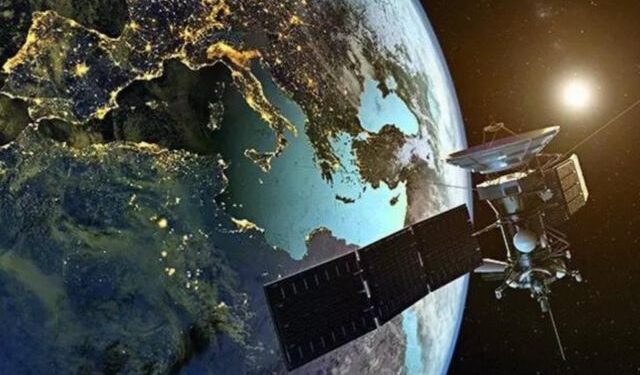In a major leap toward bolstering its space-based defence surveillance, India has initiated an ambitious plan to launch 52 military-grade satellites by 2029.
The move follows the success of Operation Sindoor and reflects a robust response to growing regional threats, particularly from China.
The Rs 26,968 crore initiative under Phase 3 of the Space-Based Surveillance (SBS) program seeks to transform India’s monitoring capabilities across land and sea borders. With real-time, high-resolution imagery and rapid revisit capabilities, the constellation will empower the Army, Navy, and Air Force to detect and track threats deep within adversary territory.
As part of the effort, the Indian Space Research Organisation (ISRO) will deploy 21 satellites, while three private firms will deliver the remaining 31, marking a pivotal shift toward public-private collaboration. The first launch is scheduled for April 2026, with completion targeted by the end of 2029.
The satellites will occupy both low Earth and geostationary orbits, significantly expanding India’s surveillance envelope. Notably, ISRO’s planned transfer of Small Satellite Launch Vehicle (SSLV) technology is expected to fast-track deployment, especially during emergencies.
Air Marshal Ashutosh Dixit, Chief of Integrated Defence Staff, highlighted the strategic urgency: “We must detect, identify and track potential threats not when they approach our borders, but when they are still in their staging areas, airfields and bases.”
The project also serves as a counter to China’s evolving anti-satellite capabilities, including potential kinetic and electronic warfare systems.
By integrating indigenous innovation with private sector agility, India is not just enhancing its technological might—it’s setting the pace for a new era of defence preparedness in the Indo-Pacific.





























